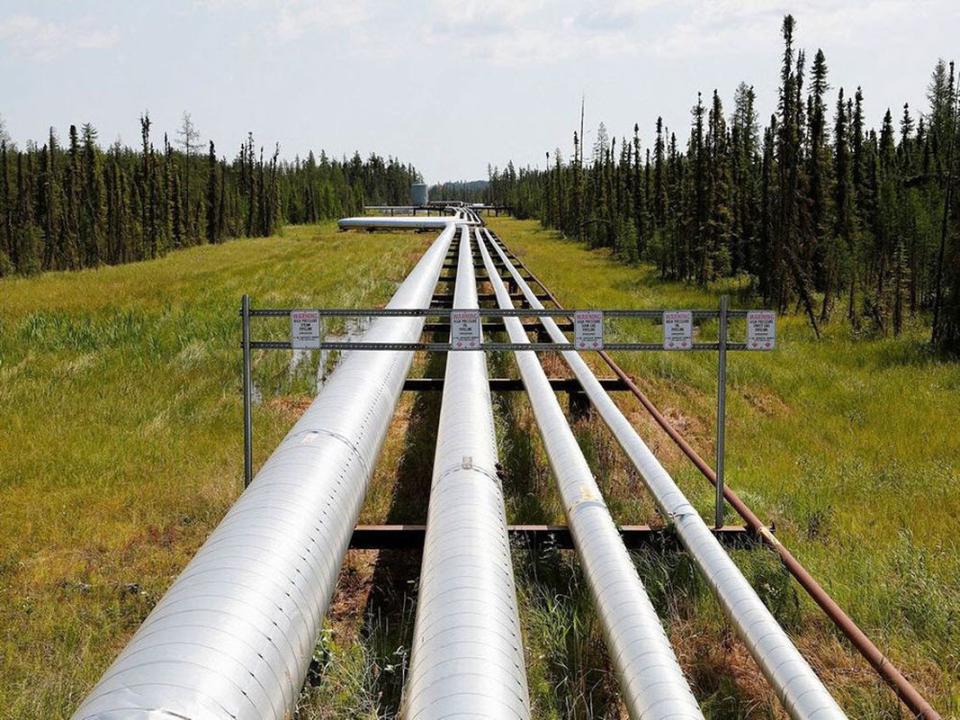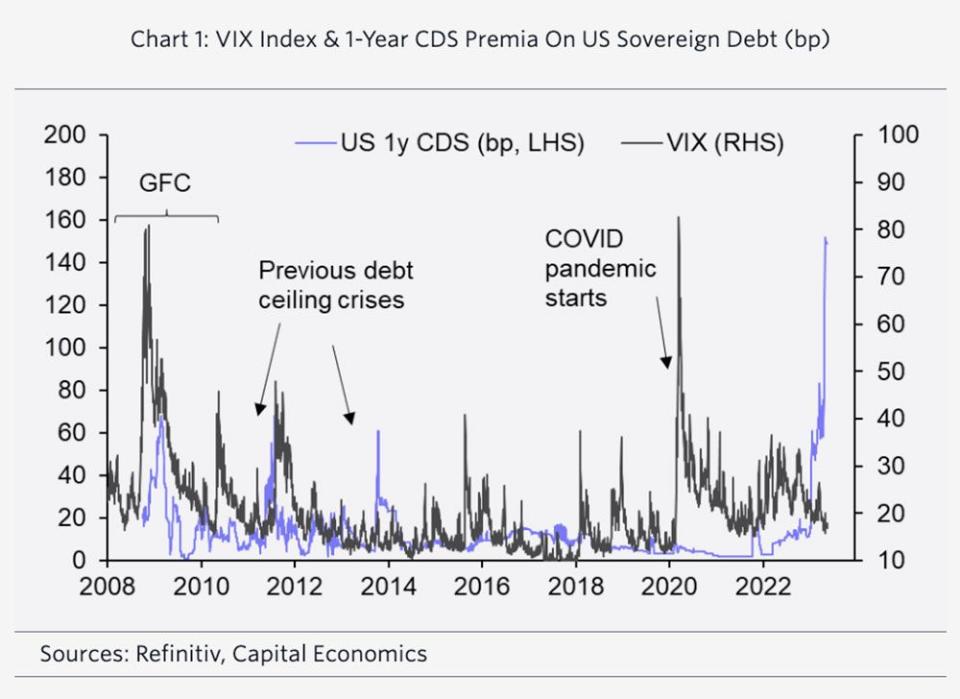Posthaste: Why Wall Street just hiked its Canadian oilsands outlook for the first time in five years


Good Morning!
They call it the “era of optimization.”
And it’s why, for the first time in five years, Wall Street analytics firm S&P Global Commodity Insights is raising its outlook for Canada’s oilsands.
Oilsands production is now expected to reach 3.7 million barrels per day by 2030, half a million bpd more than today and 140,000 more than last year’s forecast.
Last year it didn’t look like either energy security fears or higher crude prices were having much effect on oilsands production, wrote Celina Hwang, director of North American crude oil markets, and Kevin Birn, Canadian oil markets chief analyst, who authored the report.
“A year later, one might conclude that the response to higher prices just took longer than anticipated to have their usual effect,” they said.
Capital expenditures in 2022 reached their highest level since 2015 among the four largest oilsands producers and could go higher in 2023, they said. However, much of this went to keeping up with inflation and not to building new projects.
What will be driving oilsands growth this time around is not new mega-projects but rather improving efficiency and optimizing output, they said.
“The Canadian oilsands have entered an ‘era of optimization’,” said Birn. “Learning by doing and step-out optimizations account for nearly 90 per cent of our overall production outlook.”
The remaining 10 per cent comes from removing bottlenecks that limit production flow.
Birn said the last time oil prices were this high the oilsands saw a surge in development. This time by optimizing its already large base of assets producers can materially increase output while maintaining the capital discipline investors want.
“Higher oil prices have driven record returns for the Canadian oilsands,” said Hwang. “Although producers continue to demonstrate capital discipline, stronger balance sheets are now giving oilsands companies renewed confidence in regard to their intentions for capital spending.”
S&P Global expects Canada to continue to post record oil production for the rest of the decade. Output growth will start to slow in the mid to late 2020s, and a “very shallow decline” will only begin to emerge in the early 2030s. It will be particularly shallow because of the long, flat production typical of the oilsands, the analysts said.
Oil prices have retreated lately over concerns about demand in the slowing global economy. But the International Energy Agency says market pessimism is in stark contrast to its forecast of a tighter market in the second half of this year, where it expects demand to exceed supply by almost 2 million bpd.
The Canadian Association of Petroleum Producers (CAPP) predicts investment in oil and gas production in Canada will jump by 11 per cent this year to hit $40 billion. Oilsands investment is seen reaching $11.5 billion.
As well, the completion this year of the Trans Mountain pipeline expansion is expected to offer producers an extra 590,000 barrels per day of export capacity.
The only fly in the ointment to S&P’s outlook could be a federal cap on oilsands emissions.
“If the emissions targets prove too stringent, and unattainable by the industry, then further investment — however modest — could be at risk,” Hwang and Birn wrote.
_____________________________________________________________
Was this newsletter forwarded to you? Sign up here to get it delivered to your inbox.
_____________________________________________________________________


The U.S. debt ceiling saga continues, casting one’s mind back to other times lawmakers skated this close to default.
Congress has raised, extended or revised the debt limit 78 times since 1960, 49 times under Republican presidents and 29 under Democratic presidents.
In each of these times, lawmakers passed a deal that avoided default.
But back in 2011, they came pretty close. Just like today if was a cliff hanger that roiled markets just on the prospect of a default.
Congress finally resolved the crisis by passing the Budget Control Act but that wasn’t the end of it. After passage of the act, Standard & Poor’s downgraded the United States’ long-term credit rating for the first time ever from AAA to AA+, saying the fiscal plan fell short.
The latest on this year’s saga. U.S. President Joe Biden and top congressional Republican Kevin McCarthy appeared close to a deal today, reports say, but the June 1 deadline is quickly approaching. Tick tock.
Today’s Data: Ottawa’s fiscal monitor, U.S. personal income & consumption, U.S. durable goods Order
Earnings: Canadian Western Bank
___________________________________________________

_______________________________________________________
David Rosenberg: This AI boom has echoes of the dotcom bubble
Many Canadians are leaving this registered savings plan’s money on the table
One in four Canadians plans to buy investment property in next five years: Royal LePage survey
It is estimated that around 6.2 million Canadians over the age of 15 have one or more disabilities related to pain, flexibility, mobility or mental health. Yet many of them are not taking advantage of the registered disability savings plan (RDSP). Susan O’Brien has the nuts and bolts of this useful tool designed to support parents and individuals living with disabilities to save for long-term financial security. Find out more
Where's the boom? How Alberta missed the oil bonanza this time round
Albertans hit hardest by inflation as 'Alberta advantage' melts away
____________________________________________________
Today’s Posthaste was written by Pamela Heaven, @pamheaven, with additional reporting from The Canadian Press, Thomson Reuters and Bloomberg.
Have a story idea, pitch, embargoed report, or a suggestion for this newsletter? Email us at posthaste@postmedia.com, or hit reply to send us a note.

 Yahoo Finance
Yahoo Finance 



